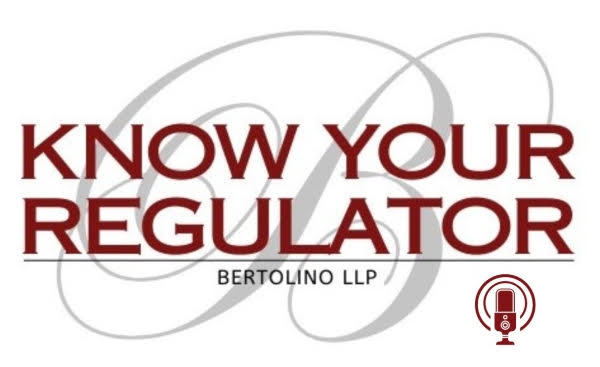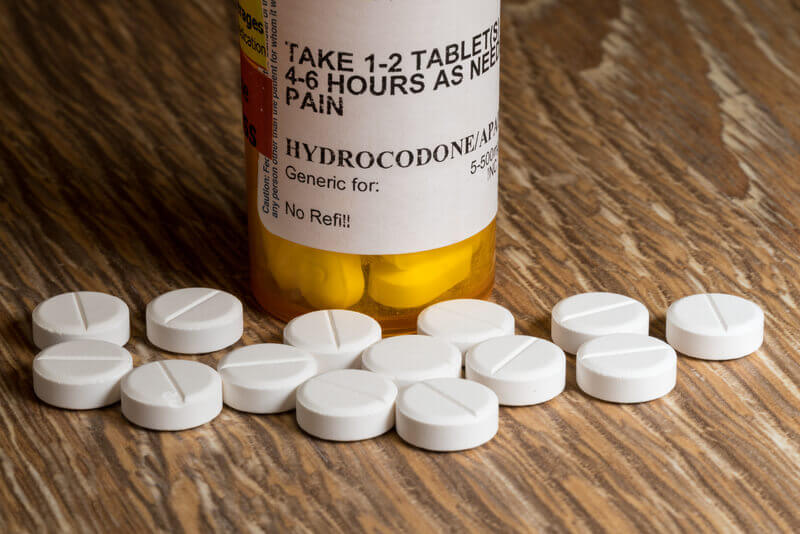Many physicians and medical professionals practicing in Texas have heard the name Howard Gregg Diamond. This physical medicine and rehabilitation doctor faces felony charges, including money laundering, conspiracy to distribute controlled substances, health care fraud, and possession with intent to distribute controlled substances. The Texas Medical Board suspended his license following the news that his alleged unnecessary and dangerous prescribing behavior led to the deaths of at least seven patients within the past seven years.
The indictment alleges that since 2010, Diamond conspired to write medically unnecessary prescriptions for powerful and highly addictive opioids like fentanyl, morphine, and hydrocodone.
Gross Negligence or a Pattern of Mistakes?
According to data from the Centers for Medicare and Medicaid Services, Diamond was the 2nd highest prescribing doctor for opioids in 2014, and the 24th highest in the country. Among PM&R doctors, he ranked number 1 in Texas, and 12th in the nation. In 2015, the Texas Medical Board ordered him to take a medical bookkeeping class after he failed to keep adequate records on his chronic pain patients.
Critical observers say that Diamond clearly demonstrated a pattern of reckless prescribing. However, many physicians who find themselves in hot water for prescribing opioids don’t commit gross negligence—and, indeed, go to great lengths to protect their patients and abide by the letter of the law. These well-intended medical professionals just find themselves on the wrong side of an increasingly strict prescribing system.
Common Opioid Prescribing Mistakes
Medical advisory boards have been cracking down on provider prescribing behavior considering the opioid epidemic. If you’ve recently received some form of penalty from hospital administration or the Texas Medical Board because of an opioid prescription, you’re not alone. Follow these tips for prescribing to remain in good standing:
- Prescribe using an EHR instead of handwriting scripts. Many prescribing errors occur because a pharmacist misreads a dosage or frequency. E-prescribing helps minimize these mistakes.
- Double check the formulation. One of the most common opioid prescribing mistakes, particularly with oxycodone, is choosing the wrong formulation (immediate release vs. sustained release formula). This can lead to issues with uncontrolled pain or overdose.
- Treat drug-seeking behavior appropriately. Emergency room physicians are often well-acquainted with drug-seeking behavior. Primary care physicians should likewise know the telltale signs of opioid-seeking behavior and respond accordingly.
Know When to Get Help
If your medical license is at risk because of an accusation or simply because of an honest mistake, contact us for an initial consultation. Reach Our Law Firm online or call us at 512-717-5432.
BERTOLINO LLP proudly represents licensed professionals across the entire State of Texas. To best serve our clients we have offices in Austin, Houston and San Antonio.
Call or text (512) 476-5757 or complete a Case Evaluation form





